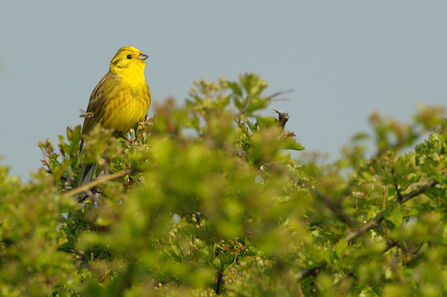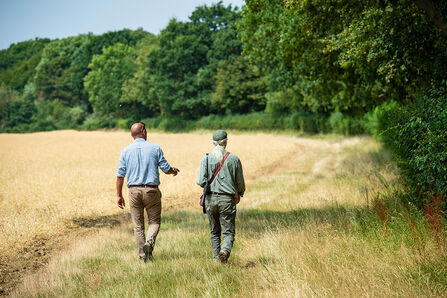Despite reports of a mast year, with bumper crops of berries and nuts early on in the season, The Wildlife Trusts say that following this summer’s prolonged drought, these efforts are likely to be more critical than ever as natural food supplies such as grasses and seeds run low during the winter.
Farmers that grow oats for Jordans Cereals, in partnership with The Wildlife Trusts and LEAF, are among those helping to address this ‘hungry gap’ – a period which spans the colder winter months when berries, insects, and other natural food sources are scarce.
Collectively, the Jordans Farm Partnership provides almost 30% of their farmed area for wildlife - an area equivalent to over 6000 football pitches.
This autumn one such farmer, Roger Forster in Northamptonshire, is hard at work scattering seeds across his 30 hectares of wild bird food plots. This will supplement the seed plants like kale, linseed and millet that already grow there, whilst wildflower strips elsewhere on the farm go to seed, giving hungry birds even more to feast on.
Jordans oat farmer Roger Forster in Northamptonshire says:
“This summer has been tough, with the heat and drought impacting harvests and the amount of food available for wildlife too. Every year, we undertake supplementary feeding to help benefit farmland birds during the tough winter months. The seed we provide this year might be more important than ever as natural supplies of berries and seeds run low - we hope to help tide the birds over until spring.”


